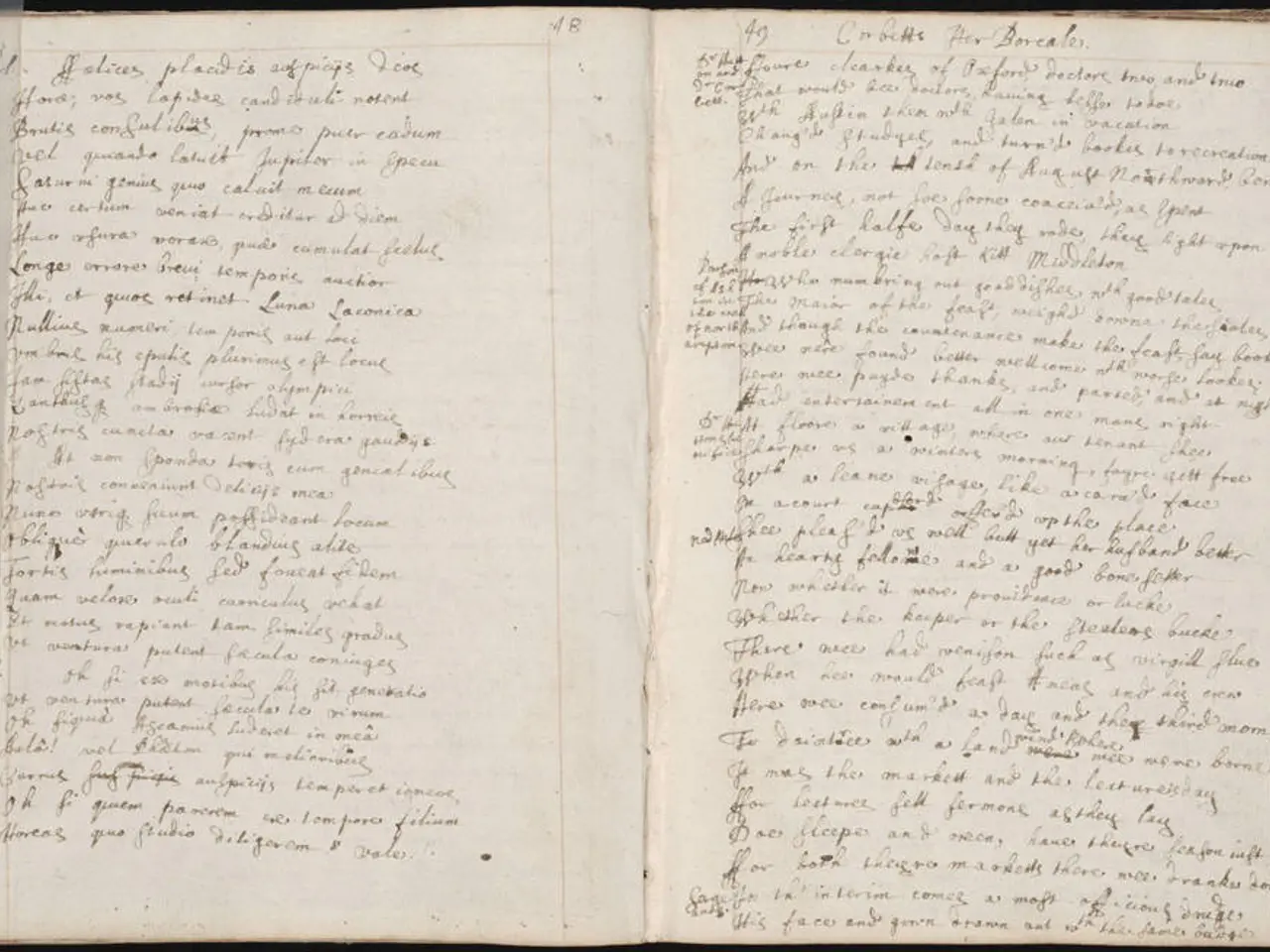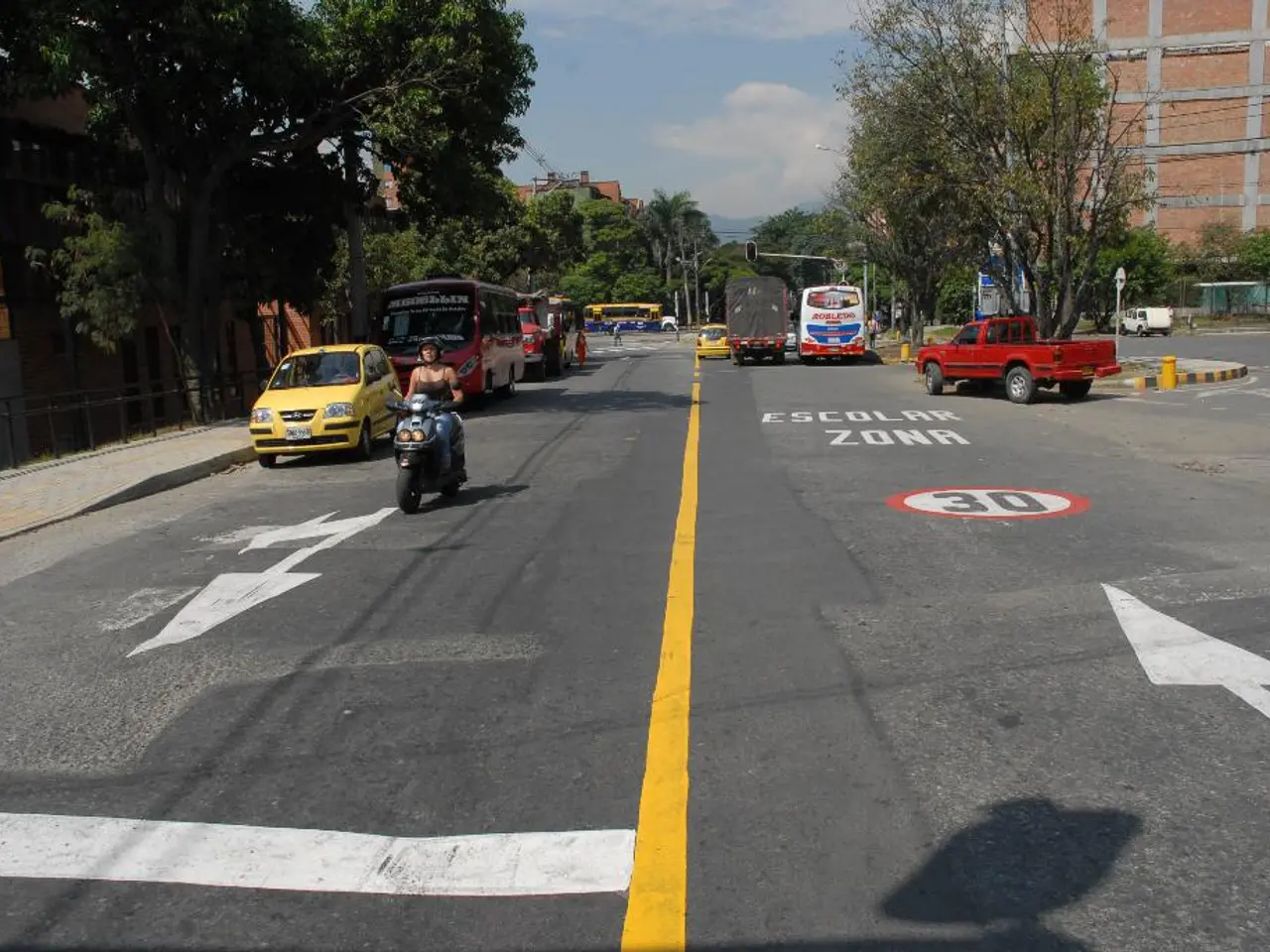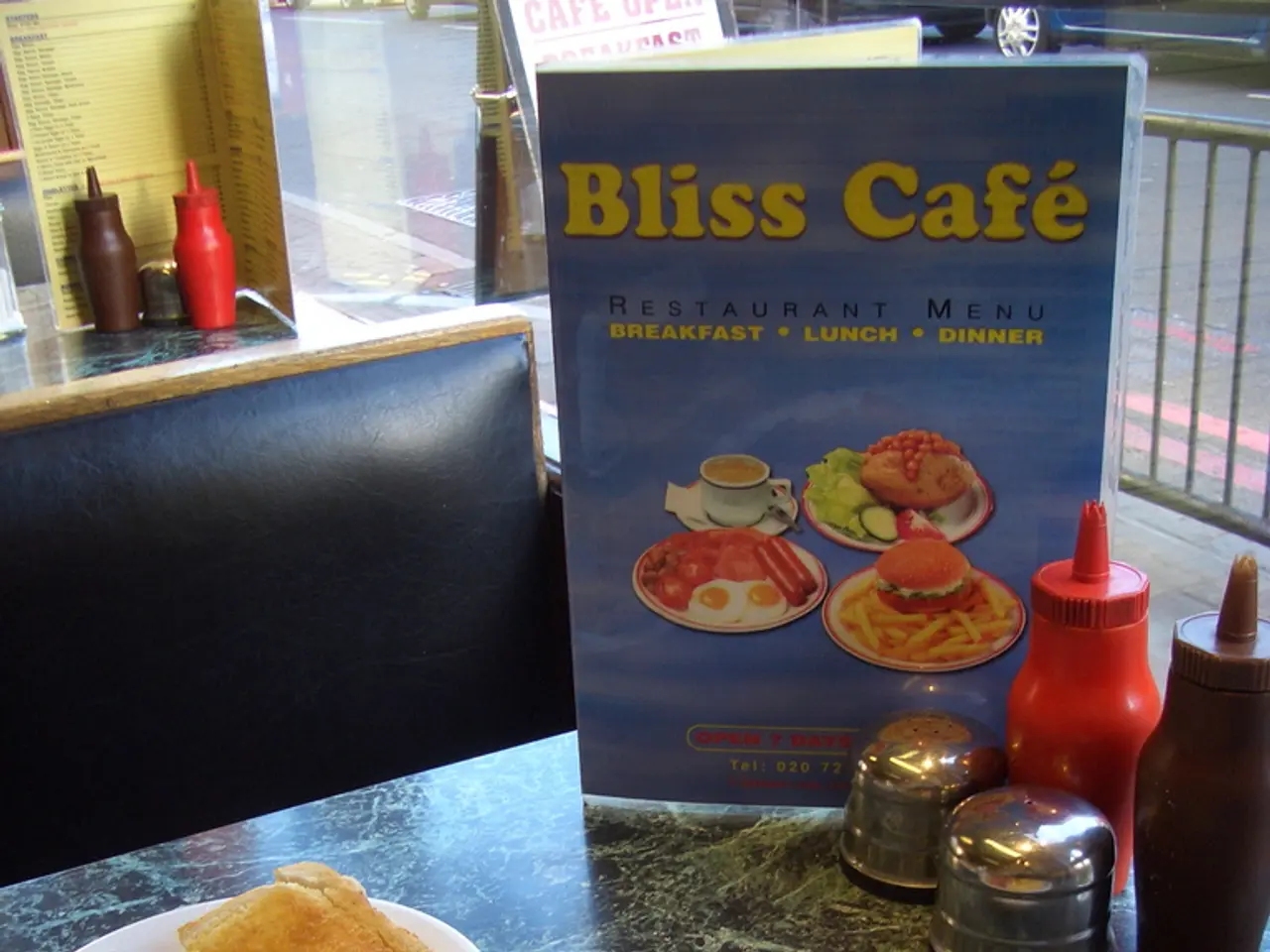Crafting a Documentary Script: A Sequential Approach
In the realm of documentary filmmaking, a well-structured script is the backbone that holds together the narrative of real-life stories. This article offers tips and insights for writing a documentary script, focusing on structure, character development, and research methods.
Start with a Clear Concept
The first step in writing a successful documentary script is to clearly define your documentary's core story or concept. This central idea serves as the foundation for all creative decisions, guiding the narrative and ensuring coherence.
Conduct Thorough Research
To ensure factual accuracy and provide context, extensive background research on your topic is essential. Use this research to build an outline that segments the story into logical parts or acts, shaping the narrative arc and ensuring progression and coherence.
Structure Your Documentary Narrative
Documentaries often follow a structured framework, with an introduction that hooks the audience, a middle section that explores the central conflict or theme, and a conclusion that offers a sense of closure or deeper understanding.
Write an Engaging Script
When writing the script itself, remember that documentaries rely on a mix of narration, interview excerpts, and visual storytelling. Your script should integrate these elements thoughtfully, balancing information delivery with engagement. Write narration that is clear, concise, and emotionally resonant, and plan how visuals will reinforce what's being said.
Embrace Authenticity
Authenticity is crucial in a documentary script. Use real voices and avoid overly scripted dialogue when possible. This approach helps to create a sense of authenticity and credibility.
Edit for Impact
Post-production editing is necessary to shape the documentary into a cohesive story, ensuring pacing and structure work to highlight themes. Editing can have a significant impact on the documentary's emotional resonance by layering music, sound design, and visuals.
The Power of Documentaries
Documentaries focus on larger themes such as environmental challenges, political commentary, social issues, or a specific element of the human experience. They serve as a powerful tool for education, information, and evoking emotional responses.
Bringing Your Story to Life
A well-written documentary script serves as a blueprint for real-life storytelling. It requires equal parts creativity, research, and responsibility. Creating a documentary script is about bringing real-life stories to the screen, focusing on character depth, ethics, and authenticity.
From the exploration of systemic racism and mass incarceration in Documentary 13, to the portrayal of human connection, environmental awareness, and personal growth, every story deserves to be told.
Incorporate Wide-ranging Topics
To emphasize the versatility of documentaries, consider exploring subjects such as lifestyle, fashion-and-beauty, food-and-drink, home-and-garden, technology, and education-and-self-development besides social issues and human experiences.
Capture the Essence of Pre-production
Effective pre-production is vital for success. This phase includes activities like storyboarding - visualizing sequences and scenes through graphic representations - to assure smooth filming and post-production.
Illuminate Narrative Flow through Screenwriting
Structured screenwriting techniques can help clarify and enhance documentary narratives, allowing them to effectively convey complex ideas and engage viewers emotionally.
Visualize a Cohesive Production
During pre-production, the storyboarding process helps visualize the flow of events and anticipate potential challenges, ensuring that during production, the final story aligns with the initial vision.




